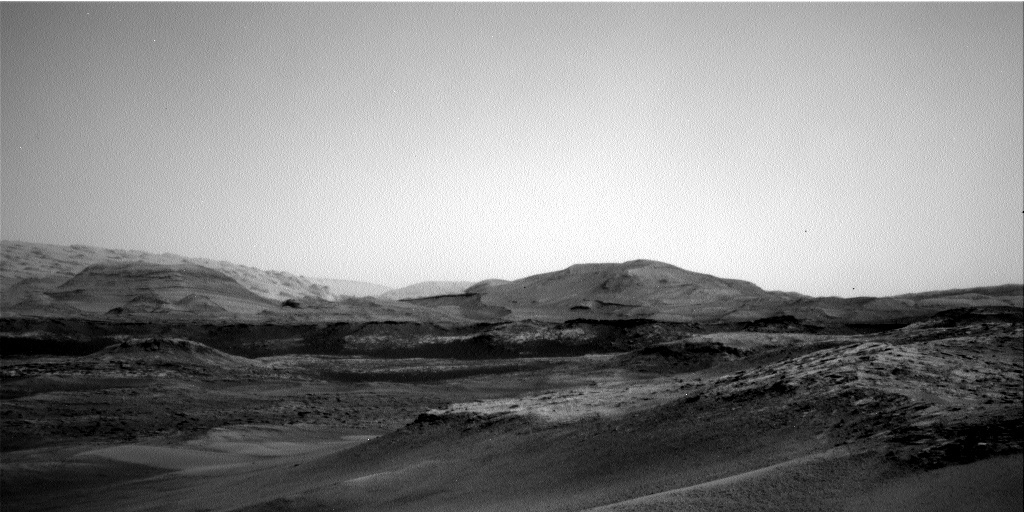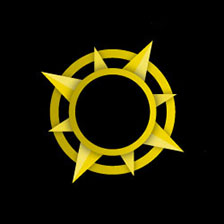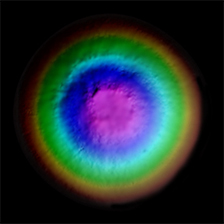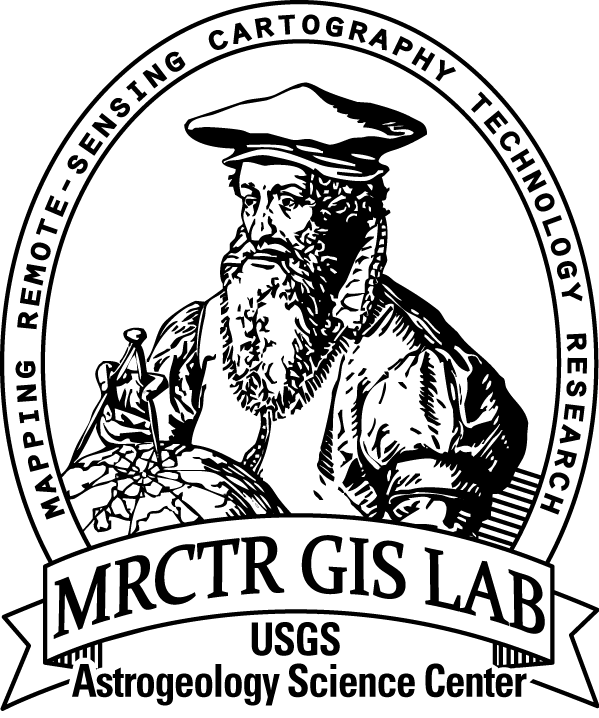Sols 2301-2303: Looking Forward to the Clay-Bearing Unit
28 January 2019
This weekend's plan started off on Sol 2301 with some Mastcam
atmospheric observations, followed by ChemCam analysis of "Loch Ness"
and "Loch Skeen," examples of brown and gray bedrock. ChemCam also had a
long-distance image mosaic of an interesting outcrop in the
clay-bearing unit. Once the remote sensing was done, it was time for
some contact science. MAHLI collected some images of Loch Ness before
and after it was brushed, as well as the target "Puddledub." APXS then
took a turn, with a quick analysis of Puddledub and an overnight
analysis of Loch Ness.
On Sol 2302, we started off with a Navcam atmospheric observation,
followed by Mastcam multispectral observations of Loch Ness and Loch
Skeen. Mastcam also had a large stereo mosaic surveying the clay-bearing
unit that we will soon be exploring. We then drove for about 32 meters
and collected some post-drive imaging including our routine Mastcam
"clast survey" to document changes in the rocks and soils along our
traverse, as well as some additional Navcam images to help with imaging
the pediment that is looming large just beyond the clay-bearing unit.
This was followed by some Mastcam atmospheric observations and a MARDI
image of the ground beneath the rover.
Sol 2303 was dedicated to atmospheric observations, with the usual
Mastcam "tau" images plus several Navcam movies. Some of these were
pointed at the sky to watch for clouds, while others were pointed out
across the crater floor to watch for dust devils.










